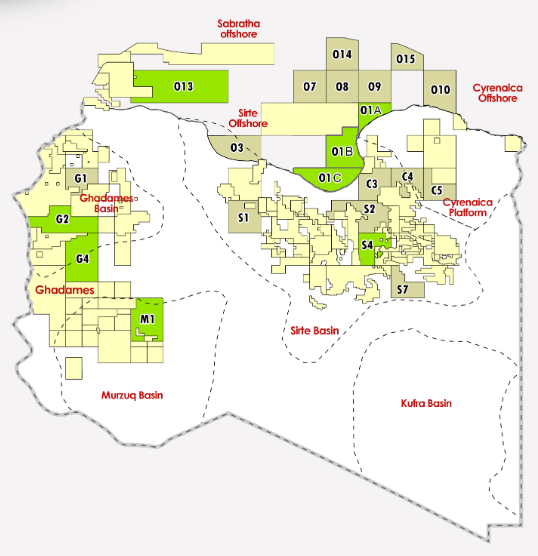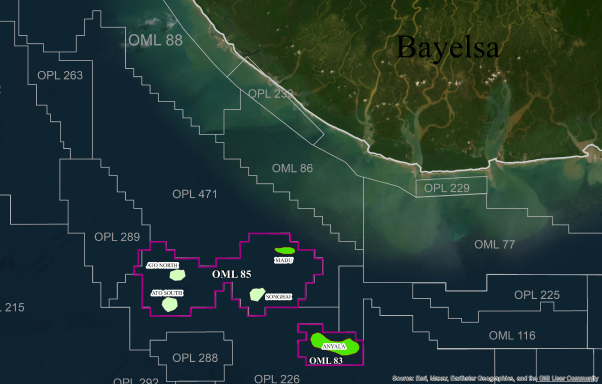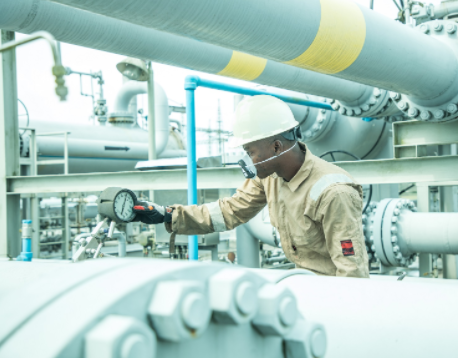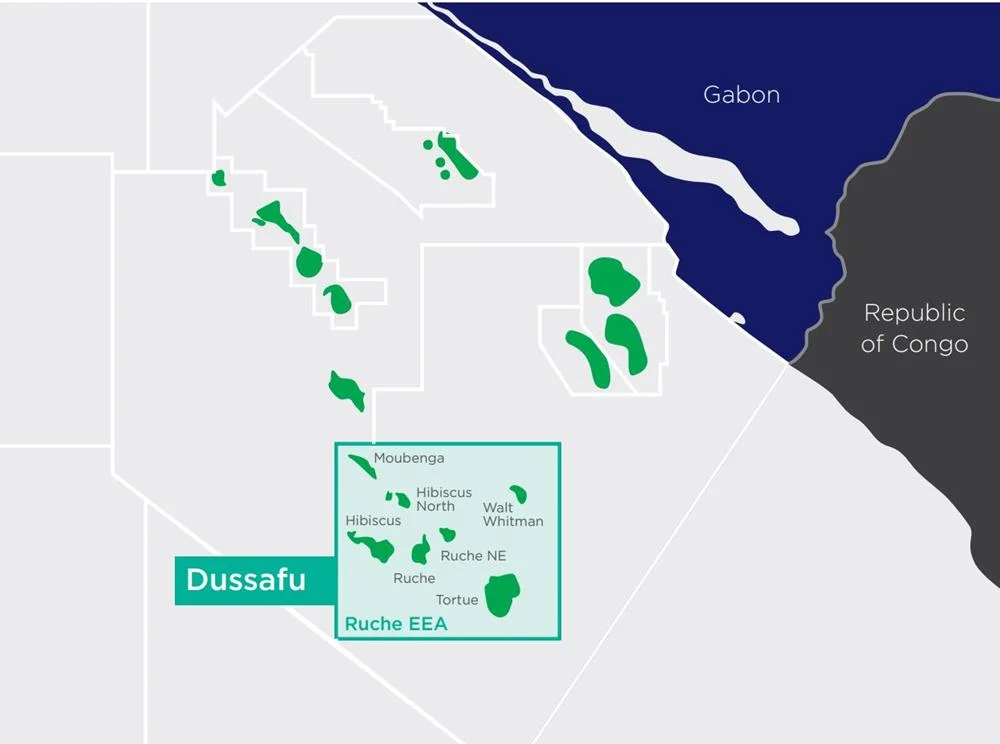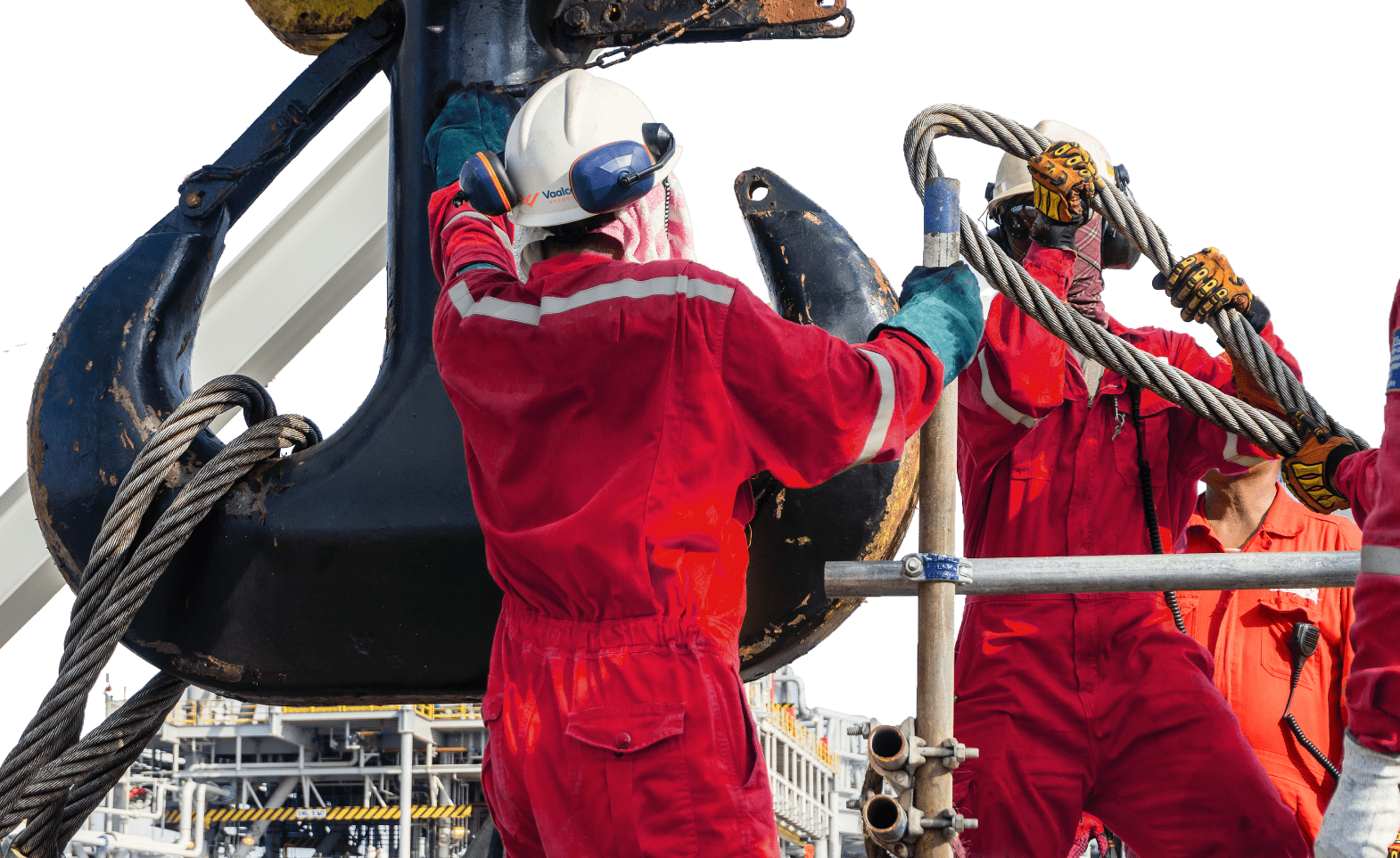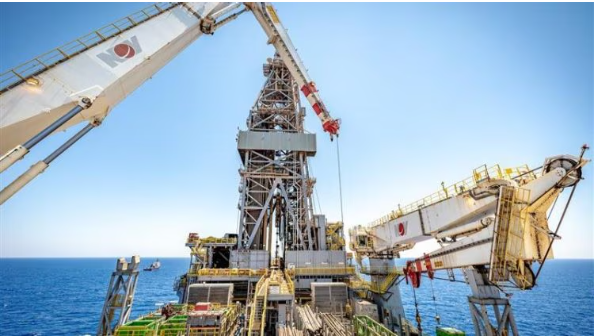Shell floats hull for world’s largest floating facility
“Making FLNG a reality is no simple feat,” said Matthias Bichsel, Shell Projects & Technology Director. “A project of this complexity – both in size and ingenuity – harnesses the best of engineering, design, manufacturing and supply chain expertise from around the world. Getting to this stage of construction, given that we only cut the first steel a year ago, is down to the expert team we have ensuring that the project’s critical dimensions of safety, quality, cost and schedule are delivered.”
FLNG will allow Shell to produce natural gas at sea, turn it into liquefied natural gas and then transfer it directly to the ships that will transport it to customers. It will enable the development of gas resources ranging from clusters of smaller more remote fields to potentially larger fields via multiple facilities where, for a range of reasons, an onshore development is not viable. This can mean faster, cheaper, more flexible development and deployment strategies for resources that were previously uneconomic, or constrained by technical or other risks.
Prelude FLNG is the first deployment of Shell’s FLNG technology and will operate in a remote basin around 475 kilometres north-east of Broome, Western Australia for around 25 years. The facility will remain onsite during all weather events, having been designed to withstand a category 5 cyclone.
Shell is the operator of Prelude FLNG in joint venture with INPEX (17.5%), KOGAS (10%) and OPIC (5%), working with long-term strategic partners Technip and Samsung Heavy Industries (the Technip Samsung Consortium).


